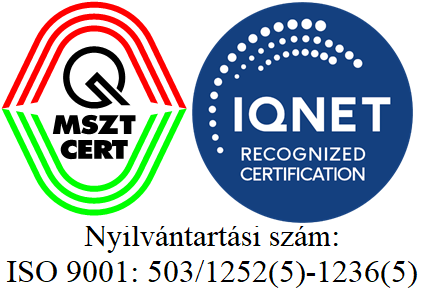News
Press material of the press conference held on 6th January 2012
2012.01.19
Press release on the results of the Targeted Safety Re-assessment of Paks Nuclear Power Plant Press release on the Lifetime-extension of Paks Nuclear Power Plant
The Hungarian Atomic Energy Authority has submitted its final National Report of Hungary on the Targeted Safety Re-assessment of Paks Nuclear Power Plant
2012.01.02
IAEA Press Release 2011/27 : Source of Iodine-131 in Europe Identified
2011.11.18
17 November 2011 | The IAEA has received information from the Hungarian Atomic Energy Authority (HAEA) that the source of the iodine-131 (I-131) detected in Europe was most probably a release to the atmosphere from the Institute of Isotopes Ltd., Budapest. The Institute of Isotopes Ltd. produces radioisotopes for healthcare, research and industrial applications. According to the HAEA, the release occurred from September 8 to November 16, 2011. The cause of the release is under investigation. As previously mentioned, the levels of I-131 that have been detected in Europe are extremely low. There is no health concern to the population. If any member of the public were to breathe iodine for a whole year at the levels measured in European countries, then they would receive a dose in the range of 0.01 microsieverts for the year. To put this into perspective, the average annual background is 2400 microsieverts per year. The IAEA was first notified of the presence of trace levels of I-131 by authorities from the Czech Republic on 11 November. Since this notification, the IAEA contacted several member states throughout the region to determine the cause and origin. The IAEA also worked with the World Meteorological Organization (WMO) to conduct air dispersion modelling, as part of efforts to determine the source. www.iaea.org/newscenter/pressreleases/2011/prn201127.html
The Hungarian Atomic Energy Authority has submitted the 4th National Report of Hungary
2011.10.13
The Fourth Report prepared within the framework of the Joint Convention on the Safety of Spent Fuel Management and on the Safety of Radioactive Waste Management has been submitted to the International Atomic Energy Agency on 12 October 2011.



 ©HAEA - All rights reserved
©HAEA - All rights reserved